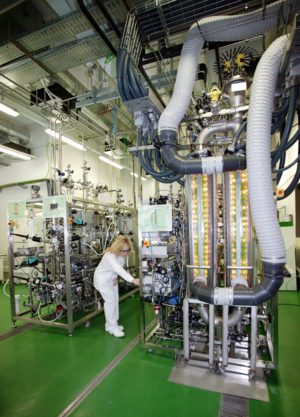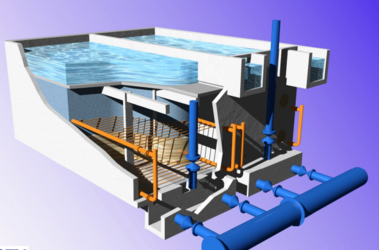Phase 1 Basic Research & Development
In the overall loop, each compartment is analysed separately and approached as a chemical process. At the static level, the mass balance is chemically described and is validated with experimental results from batch and continuous cultures. The same is done at dynamic level for the kinetics.
Since the first goal of MELiSSA is to develop a life support system for space, it has to meet the high level of space requirements in terms of efficiency, mass, crew time, reliability and safety. Therefore, a progressive and structured engineering approach is used to characterize, model and control all the processes up to the final integrated loop. To be able to reutilize previous work and experimental know-how, also in different settings (flight experiments, ground demonstration, studies..), mechanistic models are created and reused later on.
So in Phase 1, characterisation, stochiometry, mathematical models, control strategy are created. In Phase 2, simple and small experiments are performed in Space environment to gain knowledge on process behaviour or to validate hypothesis about expected behaviour. This is accomplished via payload demonstrators. Phase 3 demonstrates the progressive integration of overall loop.







